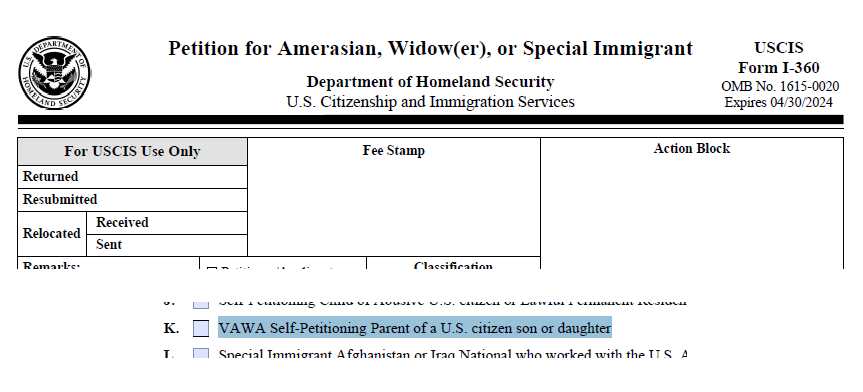Working Out Damages for Wrongful Enjoinment: Judge Rochon Provides Guidance in Exercise-Equipment Case | Patterson Belknap Webb & Tyler LLP
In a patent case brought against 163 defendants that was voluntarily dismissed by the plaintiff, Judge Rochon issued an opinion that offers guidance for defendants that have been wrongfully enjoined via an ex parte temporary restraining order.
Plaintiff Jiangsu Huari Webbing Leather Company owns a design patent with claims directed to a rectangular-shaped buckle-and-belt mechanism embodied in a hanging exercise product. Jiangsu Huari Webbing Leather Co. v. Joes Identified in Schedule A, No. 1:23-cv-02605-JLR, 2024 WL 20931, at 1* (S.D.N.Y. Jan. 2, 2024). Plaintiff sued 163 defendants for allegedly infringing its patent by selling similar products on Amazon and other online platforms, and applied for a TRO, which the court granted. Id. The court ordered that Plaintiff post a $20,000 bond and that Amazon temporarily freeze the defendants’ accounts. Id. The court also scheduled a hearing at which the defendants were ordered to show cause why a preliminary injunction should not issue. Id. Plaintiff then requested an extension of the TRO. Id.
At the order-to-show-cause hearing, the Court heard argument from Plaintiff and, among other defendants, Hyponix and NinjaSafe. Id. at *2. During argument, Plaintiff confirmed that Hyponix’s product did not literally infringe its patent, and Plaintiff did not contest NinjaSafe’s noninfringement arguments. Id. The court declined to extend the TRO. Id. Plaintiff voluntarily dismissed NinjaSafe and eighteen other defendants within the next ten days, and a few days later, voluntarily dismissed the entire case. Id.
Hyponix and NinjaSafe moved for damages under the $20,000 bond, sanctions in the form of dismissal with prejudice, and attorneys’ fees. Id. Although the court denied the defendants’ requests for sanctions and attorneys’ fees, the court granted the request for damages. Id. at *7.
The court’s decision offers several lessons for defendants who claim to have been wrongfully enjoined under a TRO.
First, neither a plaintiff’s voluntary dismissal alone, nor a court’s dissolution of a TRO alone, warrants damages for wrongful enjoinment. Id. at *3.
Second, a plaintiff’s quick voluntary dismissal of a complaint after the issuance of a TRO (but not because of a settlement) “establishes as a matter of law that the defendant was wrongfully enjoined.” Id. (quoting Smart Study Co. v. Bichha123, 505 F. Supp. 3d 322, 325 (S.D.N.Y. 2020)).
Third, a court need not conduct a separate hearing or rule on the merits for a defendant to recover damages for wrongful enjoinment. Id. Judge Rochon concluded that the defendants were wrongfully enjoined in part based on evidence submitted at the order-to-show-cause hearing. Id. That evidence demonstrated that Hyponix’s product did not contain four elements of one claim, and that NinjaSafe’s products “may not” have infringed the same claim. Id.
Fourth, regarding damages for wrongful enjoinment, courts may find lost profits a “better indicator of the damage proximately caused” than lost revenue. Id. at *4. Judge Rochon concluded as much with respect to NinjaSafe’s request for damages. Id.
Fifth, damages sought for lost enterprise value should not be speculative. Hyponix’s claim for lost enterprise value, which the company calculated by multiplying its lost profits by 3.5, was “too speculative[,] . . . at least under the justification provided by Hyponix’s owner . . . .” Id.
Finally, to recover labor costs for time spent addressing a TRO, a defendant need not specify the “exact dates and times when th[e] labor was expended” or “what specific tasks were undertaken during th[at] time.” Id. Rather, a defendant may calculate labor costs as Hyponix did: by multiplying its employees’ hourly rates by the number of hours they spent addressing the TRO. Id.
The case is Jiangsu Huari Webbing Leather Co. v. Joes Identified in Schedule A, No. 1:23-cv-02605-JLR, 2024 WL 20931 (S.D.N.Y. Jan. 2, 2024).






